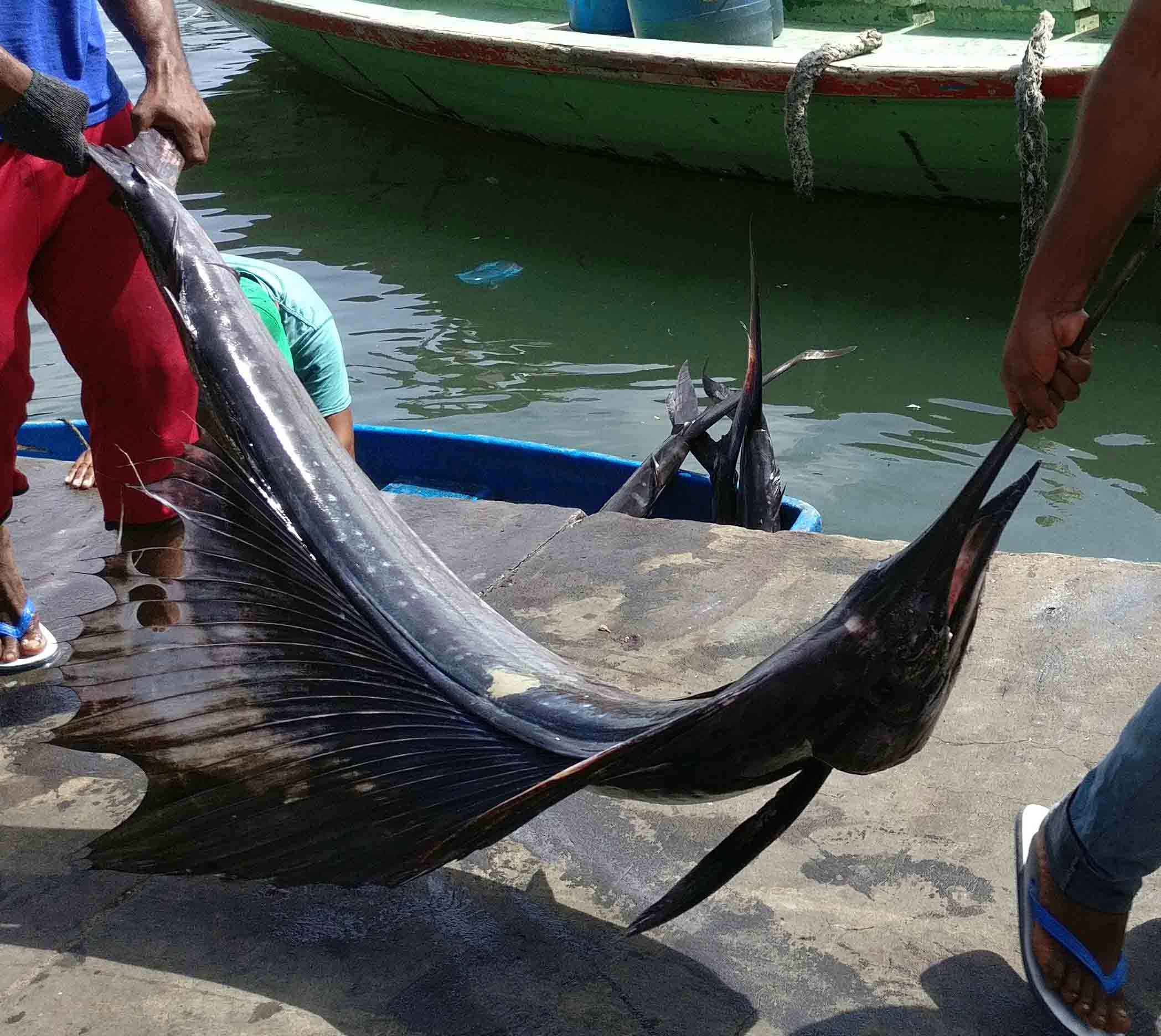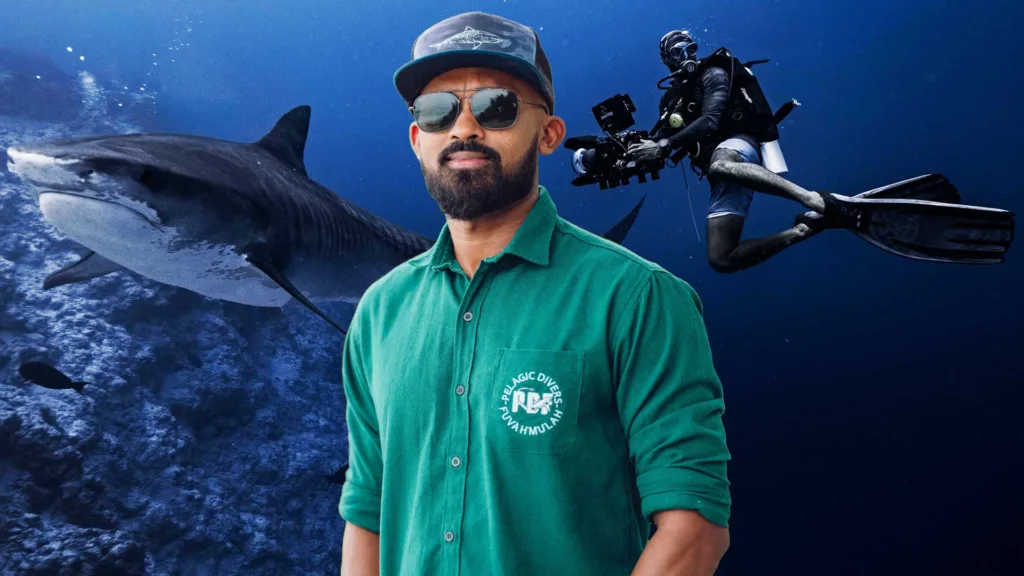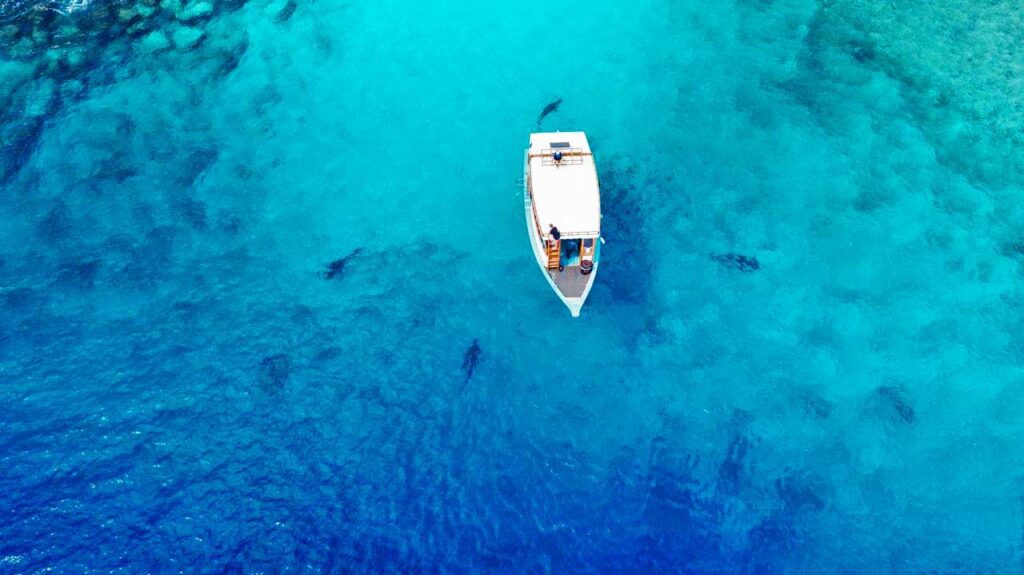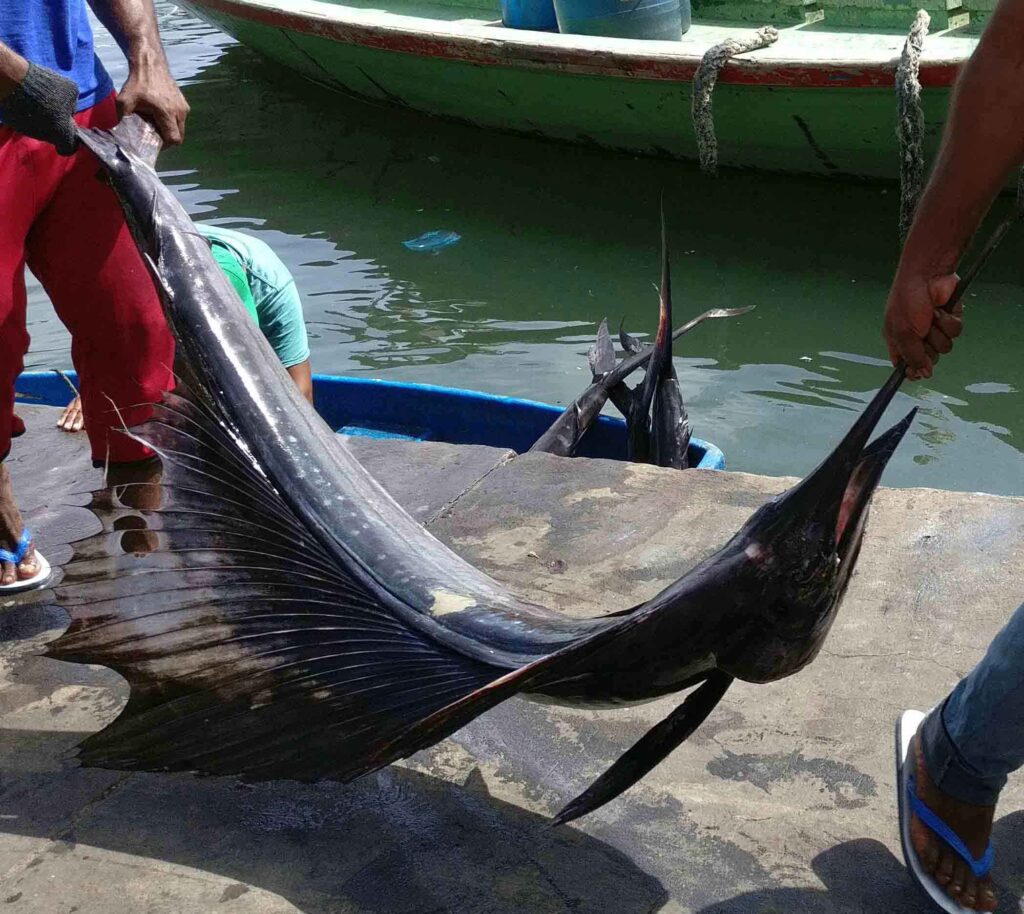
Tuna is a symbol of Maldivian culture, cuisine and national identity. The archipelago has natural wealth – distinctly a heaven for many species of tuna. But there are lot more to explore and enjoy in this fortunate underwater life. When it comes to fishing, tuna is the main source of our livelihood as well. It is caught with simple techniques: pole-and-line, trolling and using monofilament. However, to catch the species of bill fish is an exhilarating escapade.
“One sunny day, we were in the boat that was about to sail to Sri Lanka. There were no baits or lures – special lures in the vessel for fishing. We attached a big hook that was attached to a strong fishing line (nano) to a white cloth that was ripped into layers with a hook tied to the line and then stained the cloth with garedhe (tuna-based thick source). As the boat set off, we released the fishing line into the sea.” Hassanbe described an incident about how they planned to catch a sail fish using a ‘white cloth.’ “After a while, a huge sail fish attacked the cloth and leaped out of the water. It was a successful attempt. The fish was hooked on its mouth. We pulled the powerful fish and landed it with the help of five people.”
Fishing in Maldives is everywhere – it is sometimes tricky, simple and artistic. Billfishing is an electrifying quest. It needs energy and physical power. Billfish are among the biggest and fastest predators in the ocean. They weigh more than 450 kg. Billfish swims at speeds of 60 miles per hour. They are called billfish due to their long, spear-like bills. Popular billfish include sailfish, swordfish, and marlin.
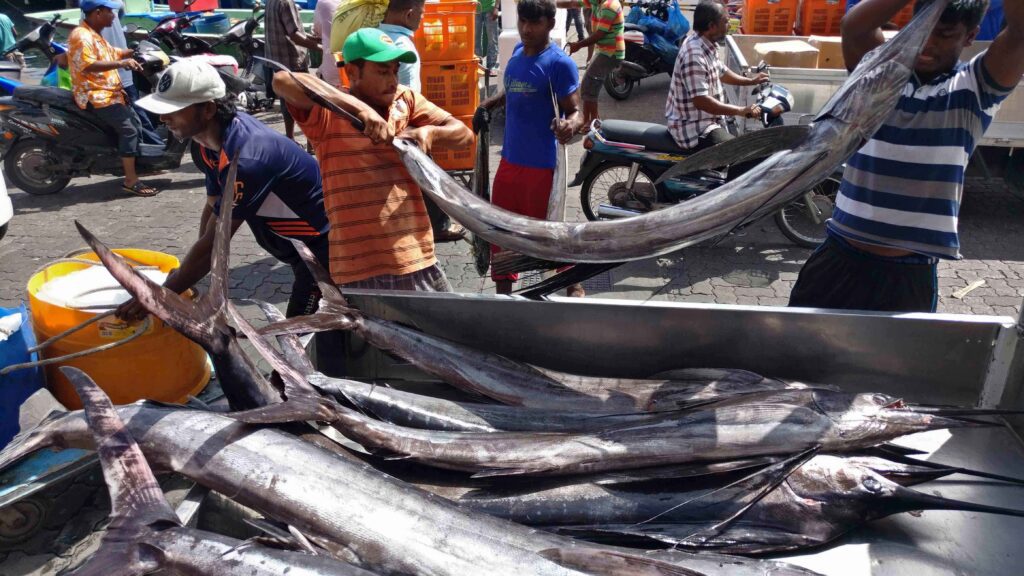
During the early days, small fishing vessels called dhoanis were used to catch these huge beasts.
Trolling and dropline methods were often used in bill fishing. Two to three people engage in troll lines. During trolling fishermen use up to five lines. They use locally made artificial, hookless lure. There is also a famous technique that fishermen use. It uses wool strings attached, which entangle the billfish’s rough bill when it attacks the lure. Once properly entangled, the fish is pulled towards the boat and the bill is secured before the catch is killed with a hard blow to the head. The lines are 20 to 40 feet in light. In this technique also, fishermen use varieties of baits to attract the fish. Belly of tuna and small fish are used on the lures.
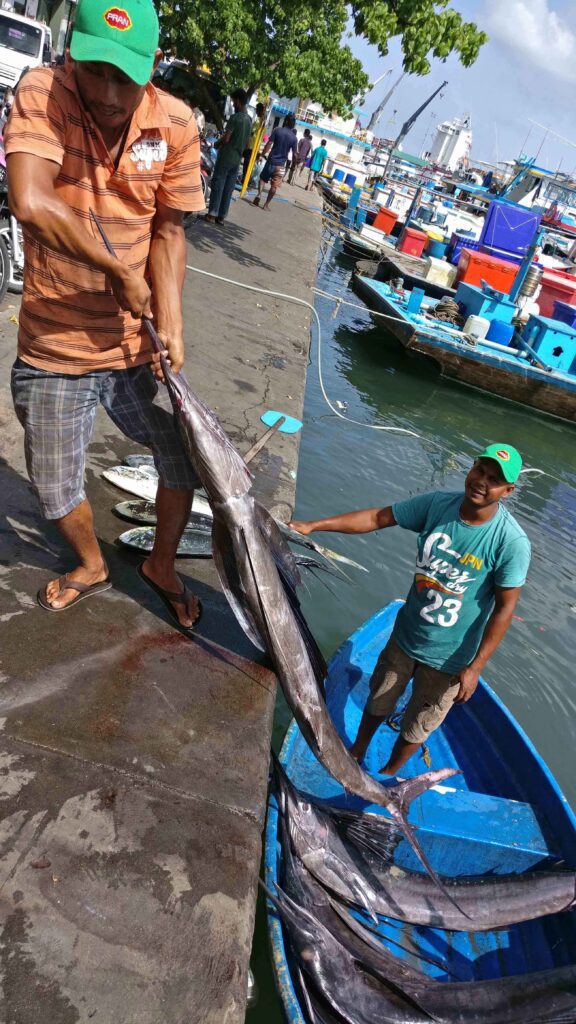
When using drifting droplines, fishers use a float, monofilament line, a swivel, a wire lead and a baited barbed hook. A boat may deploy between 10 to 15 lines at a time. The most common species of bait used with drifting droplines are bigeye scads, mackeral scads and redtoothed triggerfish. Monifilament lines of strength – 100 to 150lb – is normally deployed to land these beasts. The drift lines are attached to floats with swivels. There is a lead and barbed hook. For live baits they normally used Round Scan and bigeye scad (Jauharee, Adam, 2012).
For this type of fishing, small vessels are used. The vessels are normally 10ft and the crew capacity is three or four people. Sometimes two people also embark on fishing. When fishermen set out for bill fishing, if they don’t get a catch, they engage in reef fishing.
These methods of fishing also depend on the season. Fishermen set out for trolling mostly during the Southwest monsoon. And it is believed that for bill fishing this is the best period. The master fisherman normally lands Sailfish (Istiophorus platypterus), Marlin (Makaira indica and Makaira mazara) and Swordfish (Xiphias gladius).
Billfish species includes: Black Marlin, Blue Marlin, Striped Marlin, White Marlin, Sailfish, Longbill Spearfish, Shortbill Spearfish, and Sword Fish.
